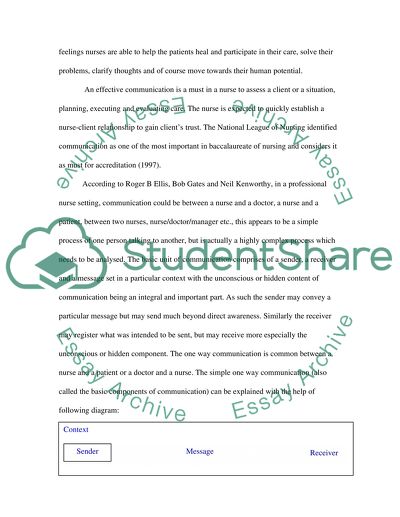Cite this document
(“Communication and relevance of communication in nursing Essay”, n.d.)
Retrieved from https://studentshare.org/health-sciences-medicine/1513811-communication-and-relevance-of-communication-in-nursing
Retrieved from https://studentshare.org/health-sciences-medicine/1513811-communication-and-relevance-of-communication-in-nursing
(Communication and Relevance of Communication in Nursing Essay)
https://studentshare.org/health-sciences-medicine/1513811-communication-and-relevance-of-communication-in-nursing.
https://studentshare.org/health-sciences-medicine/1513811-communication-and-relevance-of-communication-in-nursing.
“Communication and Relevance of Communication in Nursing Essay”, n.d. https://studentshare.org/health-sciences-medicine/1513811-communication-and-relevance-of-communication-in-nursing.


